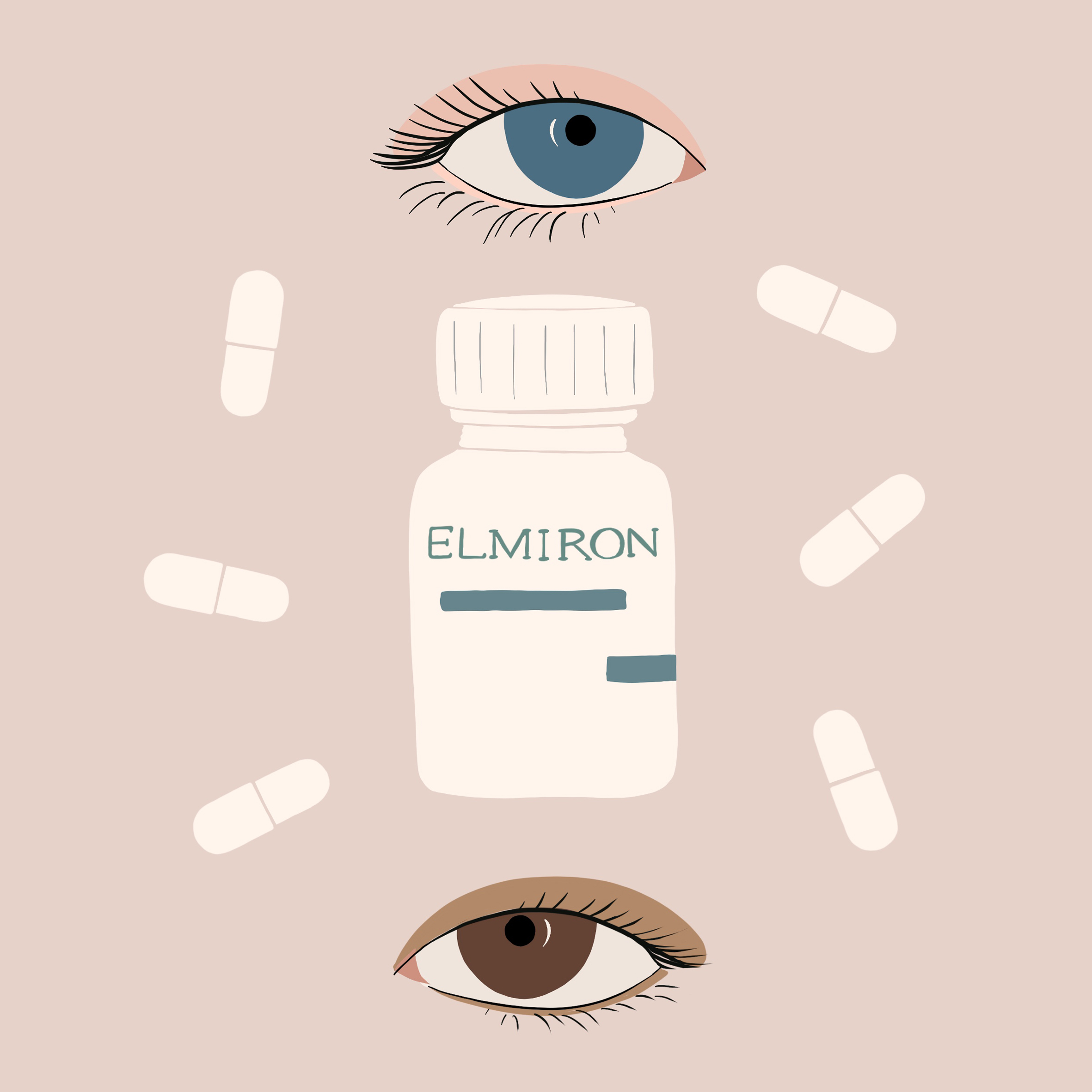A Louisiana woman sued Johnson & Johnson (J&J) and its subsidiary, Janssen Pharmaceuticals, over claims that her vision was damaged by taking Elmiron, a drug for interstitial cystitis, also known as painful bladder syndrome. She will have her case tried March 23, 2023, the first of hundreds of similar Elmiron lawsuits scheduled for trial and consolidated in a federal multidistrict litigation (MDL).
Maria Windham’s Elmiron lawsuit is one of nearly 2,000 similar claims. Most Elmiron claims are assigned to the MDL, based in the U.S. District Court for the District of New Jersey, with a small percentage of other Elmiron claims adjudicated at the state level.
Elmiron plaintiffs allege that they developed a rare type of eye damage known as pigmentary maculopathy, which causes damage to the retina and is often misdiagnosed as retinal dystrophy or macular degeneration. Pigmentary maculopathy can lead to vision problems such as blurry or distorted vision, and more seriously, progressive vision loss and even blindness.
J&J and its subunit are accused by Elmiron plaintiffs of withholding knowledge about the risk of eye and vision damage from doctors and consumers since at least the mid-1990s.
The link between Elmiron and pigmentary maculopathy was first publicized in 2018 by researchers at the Emory Eye Center in Atlanta, who reported that six patients at the Center who had taken Elmiron for approximately 15 years had developed unusual changes in their macula, the central part of the retina.
The following year, a small group of ophthalmologists with Kaiser Permanente in Northern California presented research at the Annual Meeting of the American Academy of Ophthalmology that found that approximately one-quarter of patients with long-term exposure to Elmiron experienced significant eye damage.
Elmiron is the only FDA-approved drug for interstitial cystitis and many users of the drug have taken it for many years, which increases their chances of developing eye damage.
